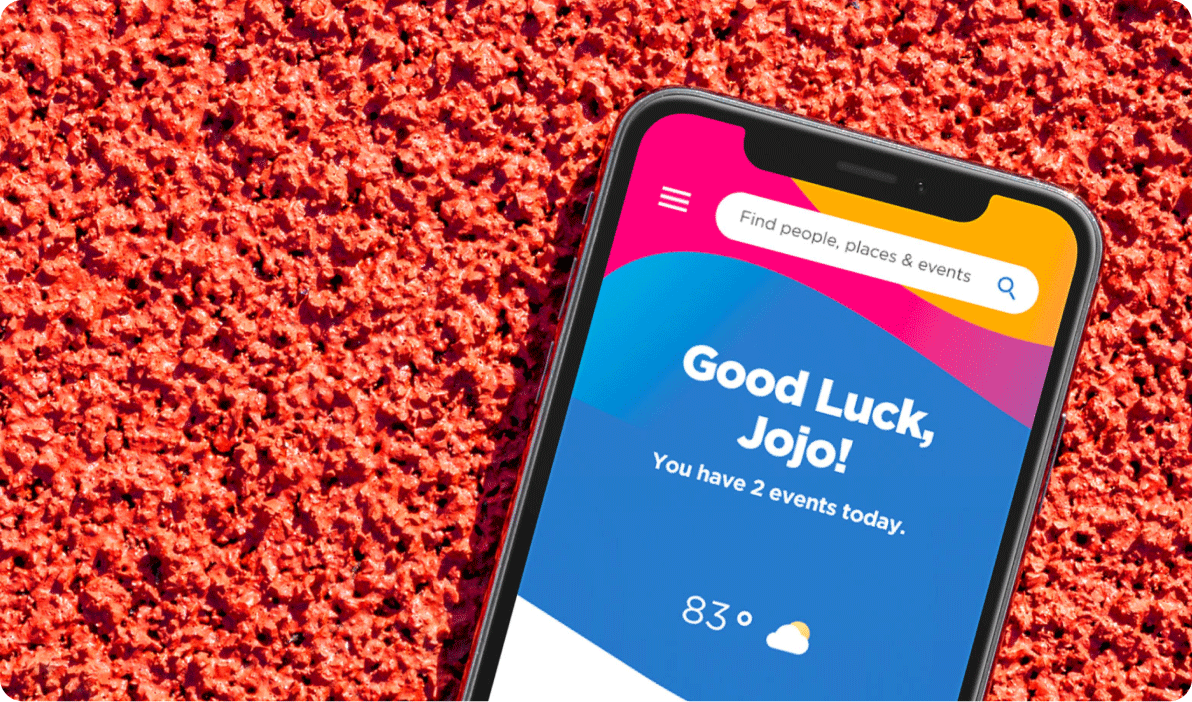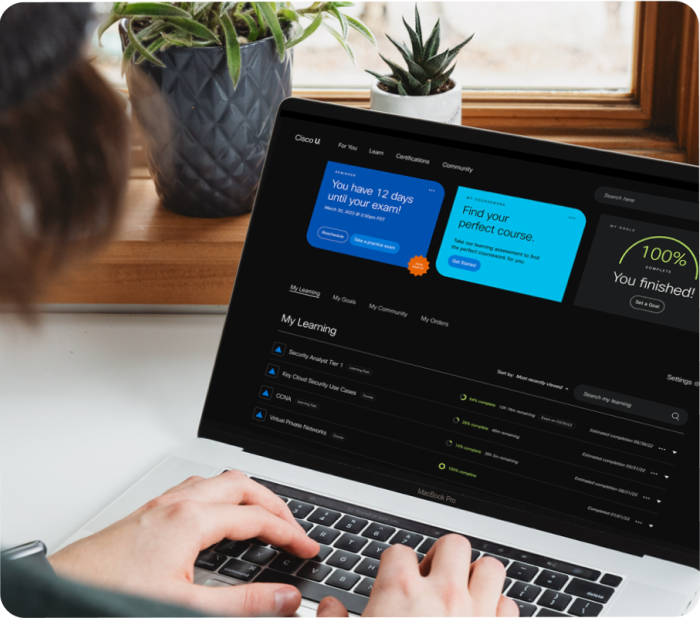From identifying the business opportunity to specifying the last design detail, research reduces risk and leads to confident solutions.
Related: Is User Research Worth the Cost?

Injecting fresh life into IEHP’s member-focused health plan
From identifying the business opportunity to specifying the last design detail, research reduces risk and leads to confident solutions.
Related: Is User Research Worth the Cost?
Entering the market with a new product comes with unique challenges. Understand consumer needs and market opportunities to launch emotionally resonant products grounded in accessibility, equity, and innovation.

The best designs support people and don’t get in their way. Enhance your consumer and B2B products to align with market trends, user behavior, and cutting-edge technology.
Deliver true value, exceptional customer service, and personalized experiences that build long-term trust and loyalty.

Cisco saw an opportunity to attract a new audience of tech professionals and turned to Blink to make it happen.
We’ll help you draw out ambitious ideas, align business objectives, and create a strategic vision that meets your business and user goals.
Research and measure touchpoints within the customer experience journey to put customers first and improve their existing experiences.
From concept to market release, we work with companies at every phase of the product development cycle to deliver customer-centered solutions, fast.
Build internal tools that save costs and make it easier for people to do their jobs. From bespoke and proprietary products to systems built on low-code platforms, Blink designs with the employee in mind.
Redefine your web strategy through design thinking and systems to strengthen your brand and communicate more effectively to your audience.
User-centered product design includes making sure every product feature (digital or physical) is seamless and tailored to user needs. For experience design, we zoom out from the product and take a look at the overall experience a customer or employee has with your brand across multiple touchpoints, including services, environments, and digital interactions.
Over the last 23 years, we’ve worked across a variety of industries—view our client list—but specialize in big tech, energy, utilities, healthcare, government, and financial services. Deciding if we’re the right partner for your project? Schedule a call to learn more.
A design system is a tried-and-tested tool for building consistent products at scale. With a customized system, every project is structured, meaningful, and consistent with your brand. Here’s how we built a design system for NASA.
Emotionally resonant experiences are a big driver for customer loyalty. By understanding your audience and designing for emotion, you can build inclusive product experiences that fulfill functional needs and connect on an emotional level.
Running strategy and design workshops at the start of every project is our tried-and-tested method for ensuring designers are empowered, stakeholders are psyched, and teams are aligned.